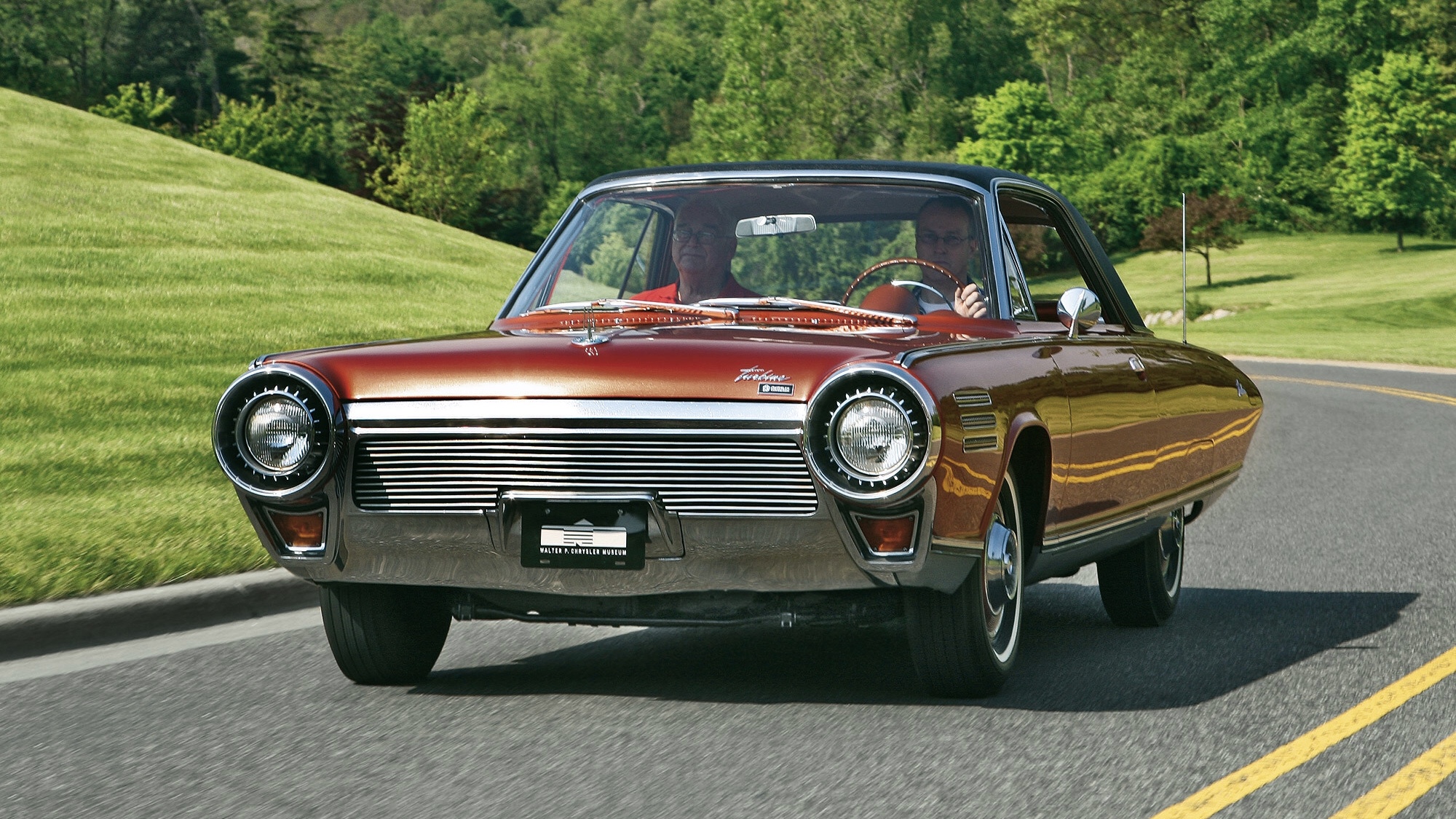The world of cars is constantly changing and evolving, and one of the key elements of this development is car concepts.
Auto concepts are prototypes of future cars that promote new technologies, designs and engineering solutions. They represent a kind of testing ground for testing ideas and technologies before their introduction into mass production.
Auto manufacturers make concept cars to demonstrate the absolutely daring ideas for the development of the automotive industry. Well, we look at it with pleasure and are surprised, because there is practically no chance that futuristic cars will ever see the light of day in production.
Below are the most striking and innovative concepts of famous automakers, you too can find out about them:
1. Chrysler Turbine (1963)
A car with an A-831 gas turbine engine, the operating principle of which is similar to the operation of an engine in an airplane. The Chrysler Turbine was shown in 1963 and was not the first with the office type of power plant, but it was the first and probably close to mass production, because as many as 50 copies of this amazing car saw the light of day.
The engine was located on a cast iron frame covered with heat-insulating materials. It had two turbines installed: the first supplied fuel with air, the second, using a gearbox, converted the received energy into mechanical movement.
Turbine transmission speed is 45,000 rpm. The planetary gearbox reduced them to 4680 rpm, which was already possible to master the three-speed automatic transmission.
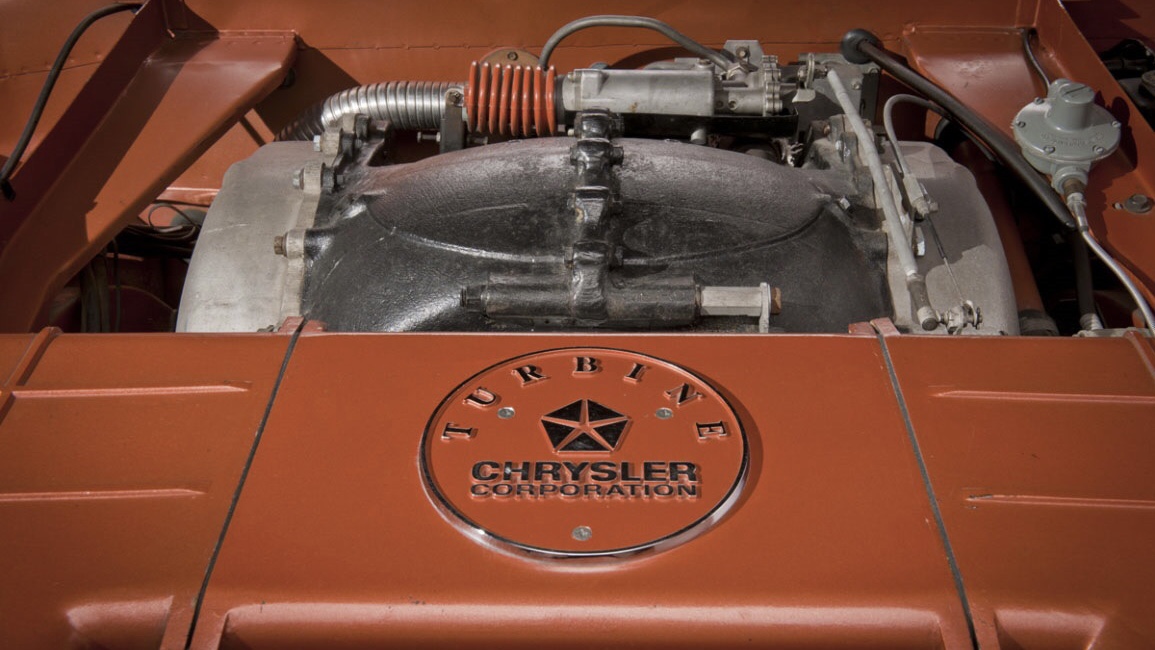
The engine weighed 186 kg and had fewer parts compared to conventional internal combustion engines. Power 130 hp The torque was 576 Nm and was available at all stages of operating speeds.
The maximum speed was limited to 195 km/h, and acceleration took 10 seconds.
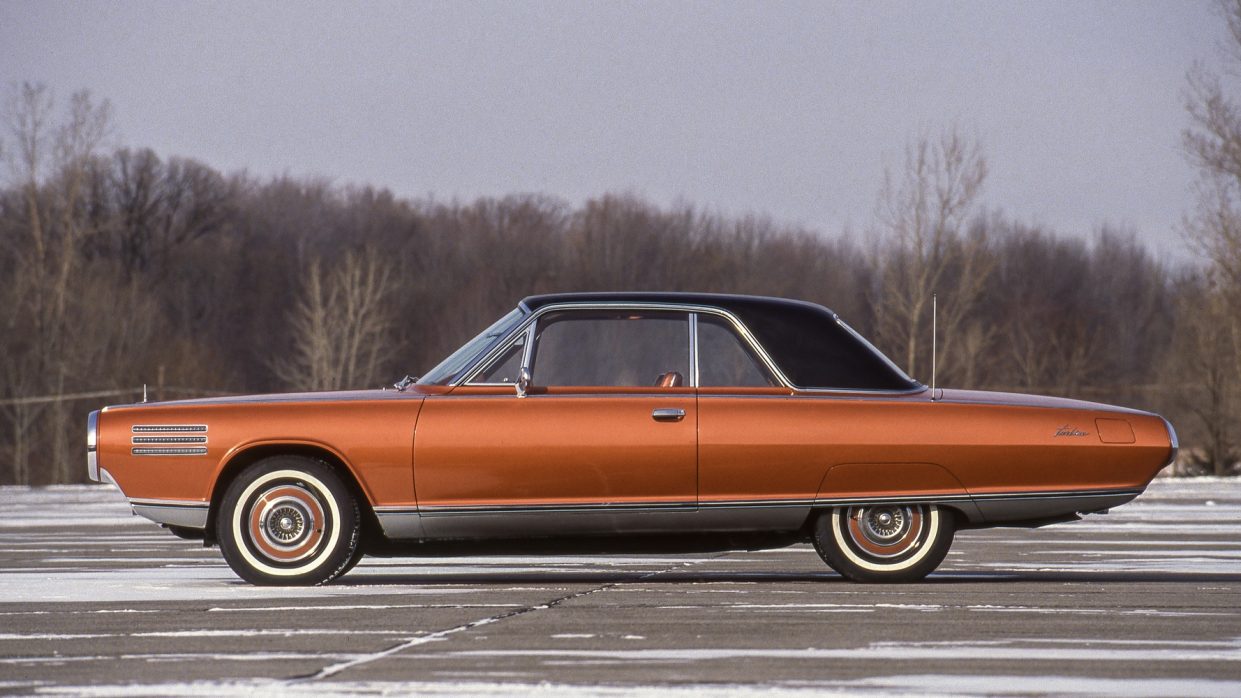
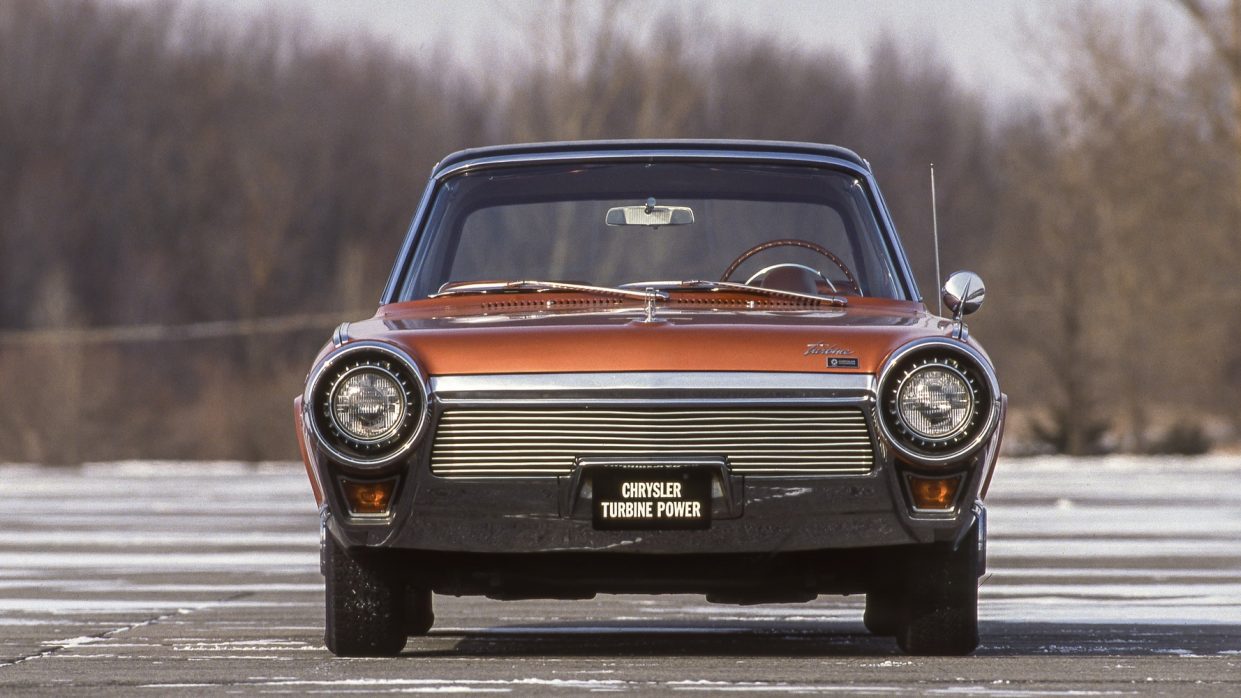
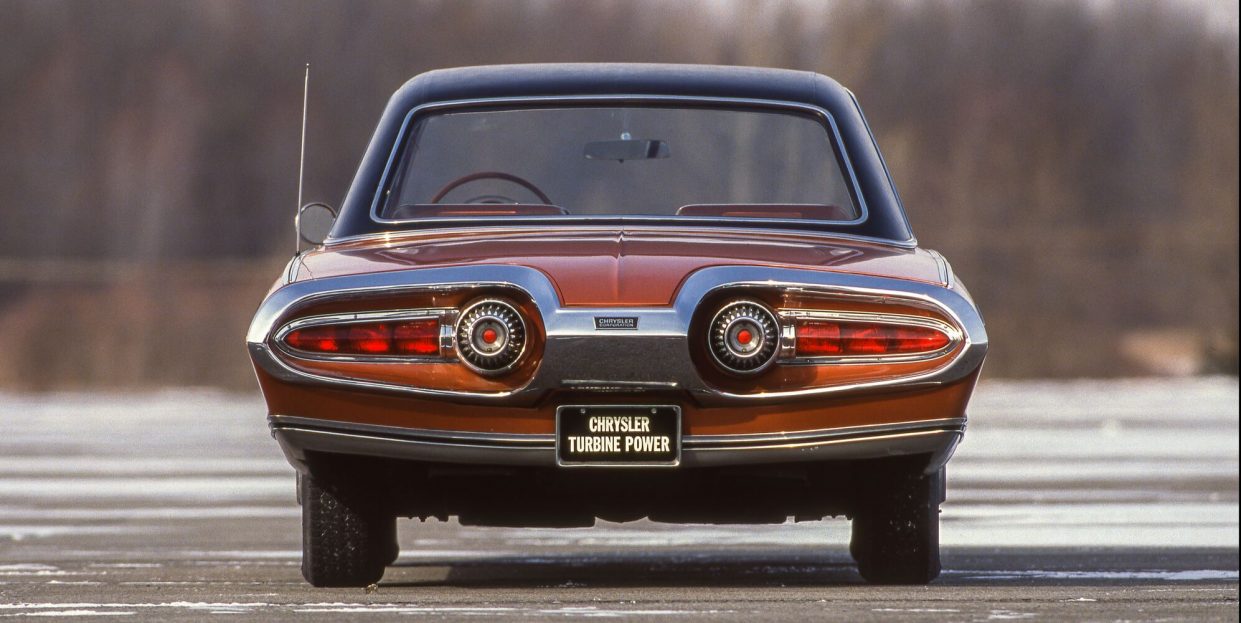
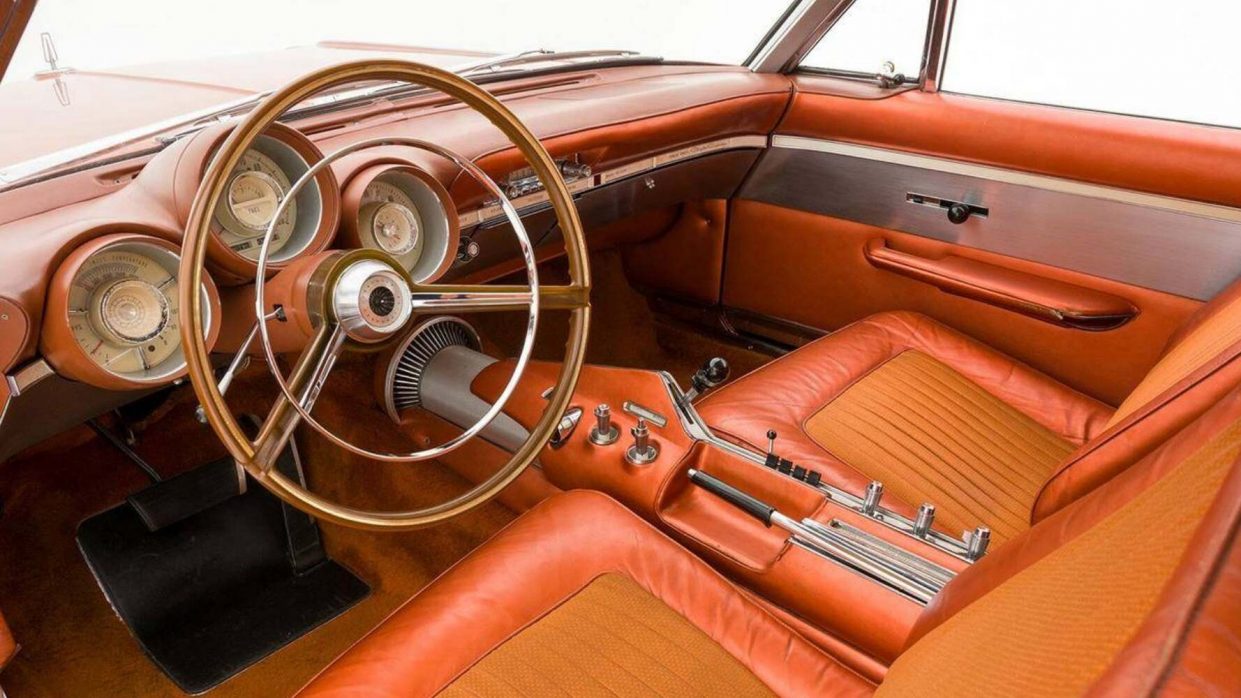
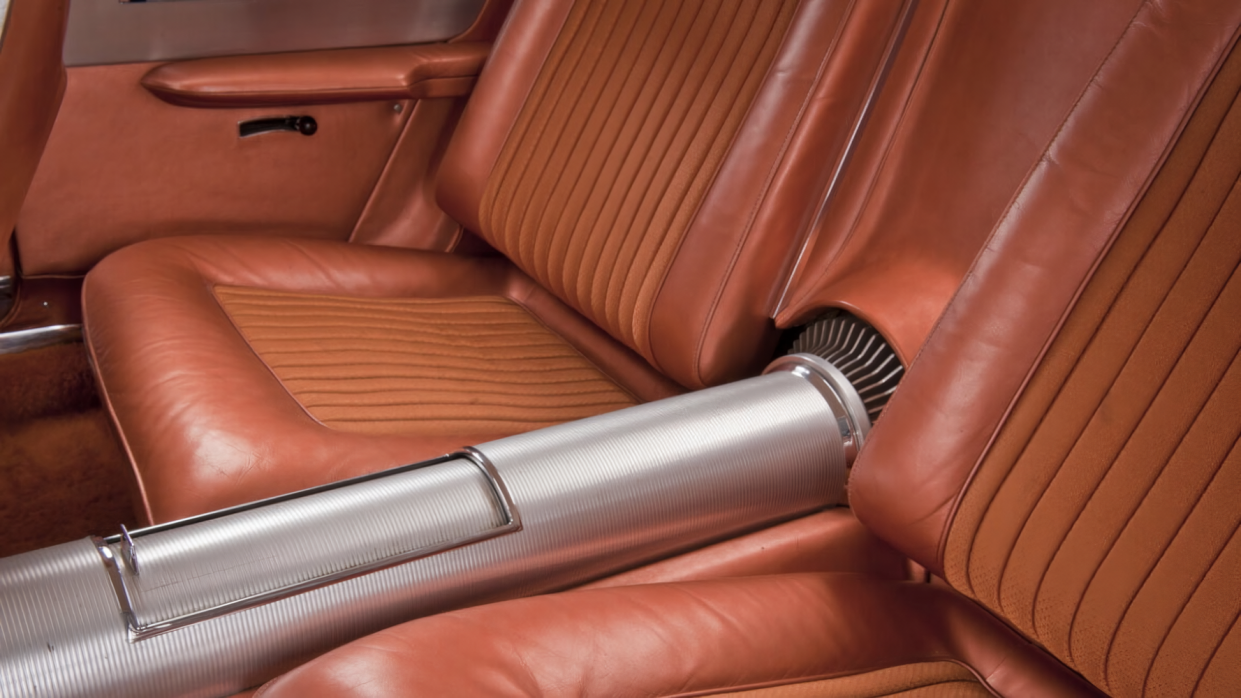
The Chrysler Turbine had a smooth ride and virtually no vibration from engine operation. The engine does not require regular oil changes and adjustments.
However, the negative aspects were high fuel consumption in the region of 20 liters and a delay when moving from a standstill – pressing the gas pedal could take 2 seconds. A high level of noise was also noted from the whistling of the rotating turbine at high speed.
Due to stricter emissions and fuel consumption standards, Chrysler focused on conventional piston engines and limited its work with the Chrysler Turbine. The company proposed car museums that had become redundant, but there were few proposals. At the moment, only 9 copies have survived, and all the rest were destroyed in 1967.
2. Mercedes-Benz F 200 Imagination (1996)
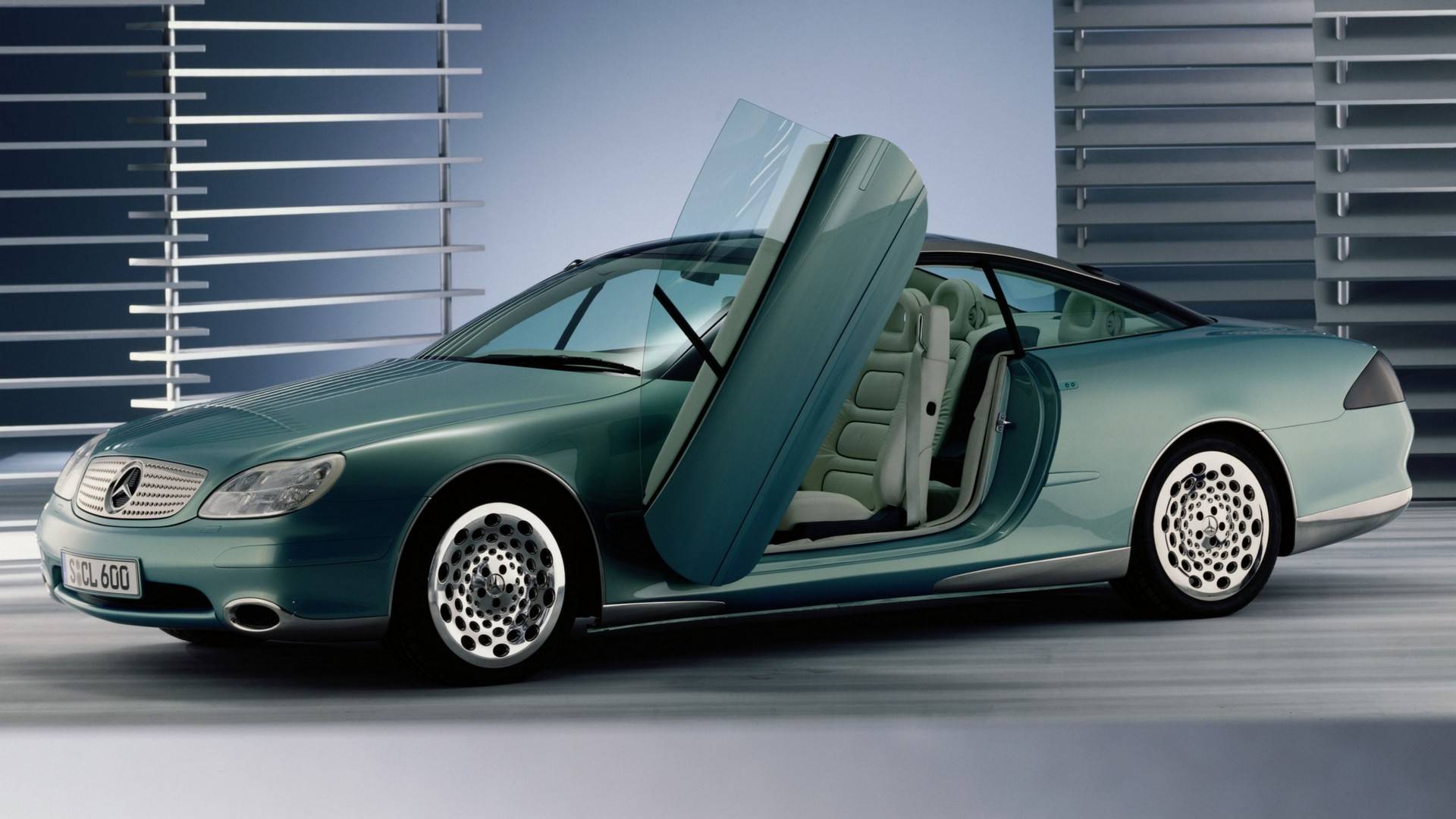
It was shown at the Geneva Motor Show in 1996 as an example of a four-seat coupe from the near future. By the way, some of its innovations will later appear as options in the brand’s production cars.
The concept features a fully active suspension, a panoramic sunroof that tilts at the touch of a button, and active bi-xenon headlights with variable light distribution. In addition, the package includes navigation, telephone and DVD player.
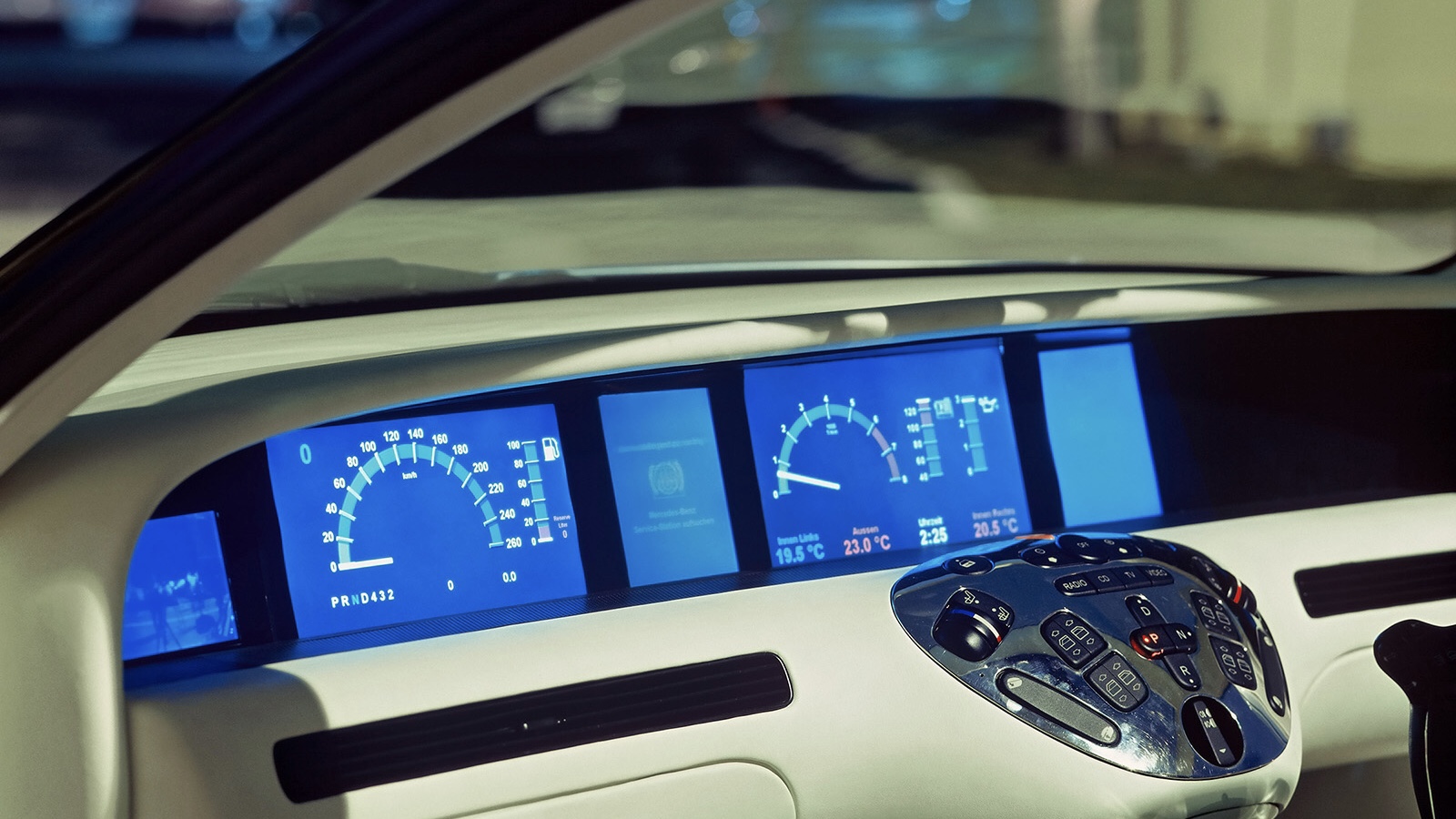
Instead of the usual individual instruments, the dashboard of the Mercedes-Benz F 200 Imagination consisted of several monitors, which displayed all the necessary information.
Cameras on the pillars replaced the side mirrors. The rear view mirror in the cabin was also replaced by a monitor whose camera was hidden in the rear bumper.
Under the hood is a naturally aspirated V12 engine with a capacity of 6 liters and 394 hp, paired with a five-speed automatic transmission.
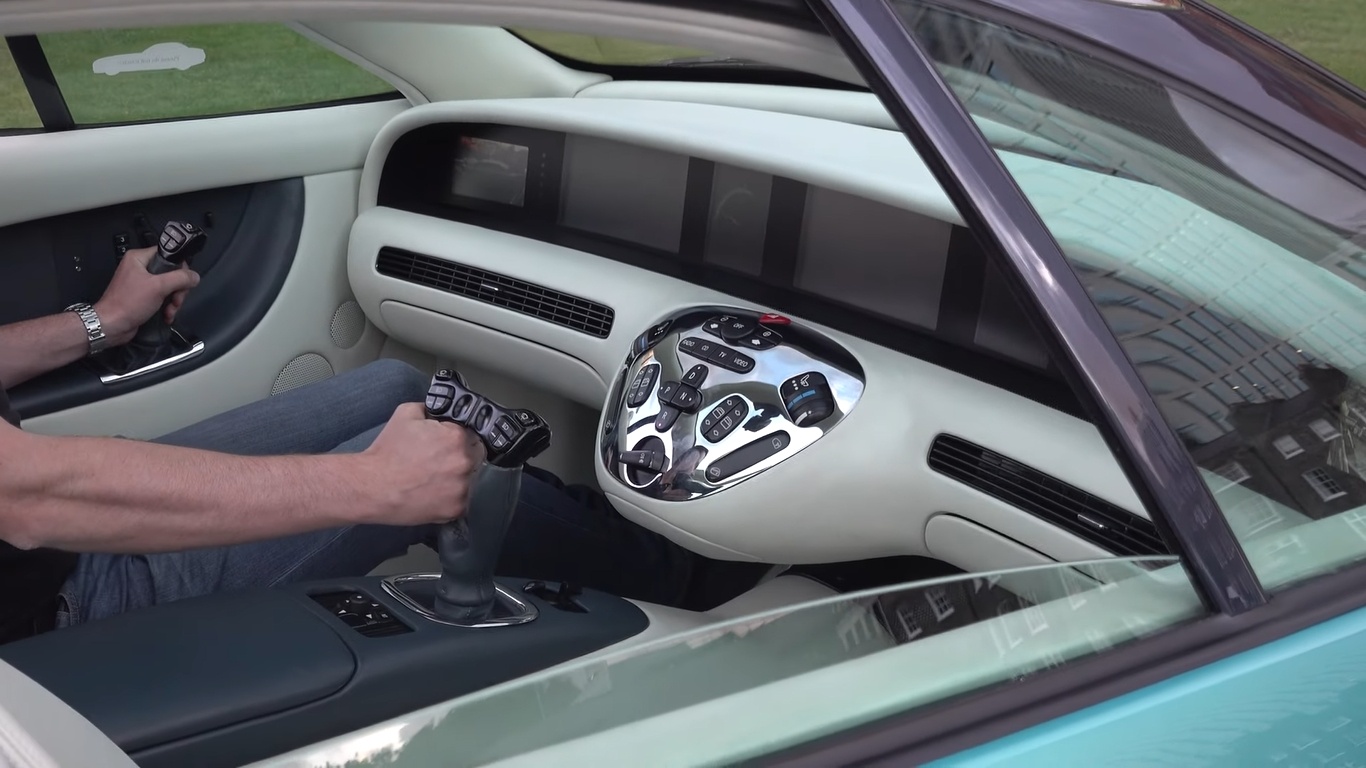
The car is controlled using Drive-by-Wire technology, that is, using servos. Therefore, instead of the classic steering wheel and control pedals, a joystick was used. It was located not only on the central dashboard, but also on the sides of the doors. The symmetry of the controls was made by both front-seat drivers.
To accelerate the car, the joystick had to be tilted forward, to turn left or right, point left or right, and to stop, pull it towards you.
After its showroom appearance, the F 200 Imagination is kept in the Mercedes-Benz Museum in Stuttgart. Sometimes there is information that the car was sold to an unknown buyer for approximately $10 million.
3. Lada Revolution III (2008)
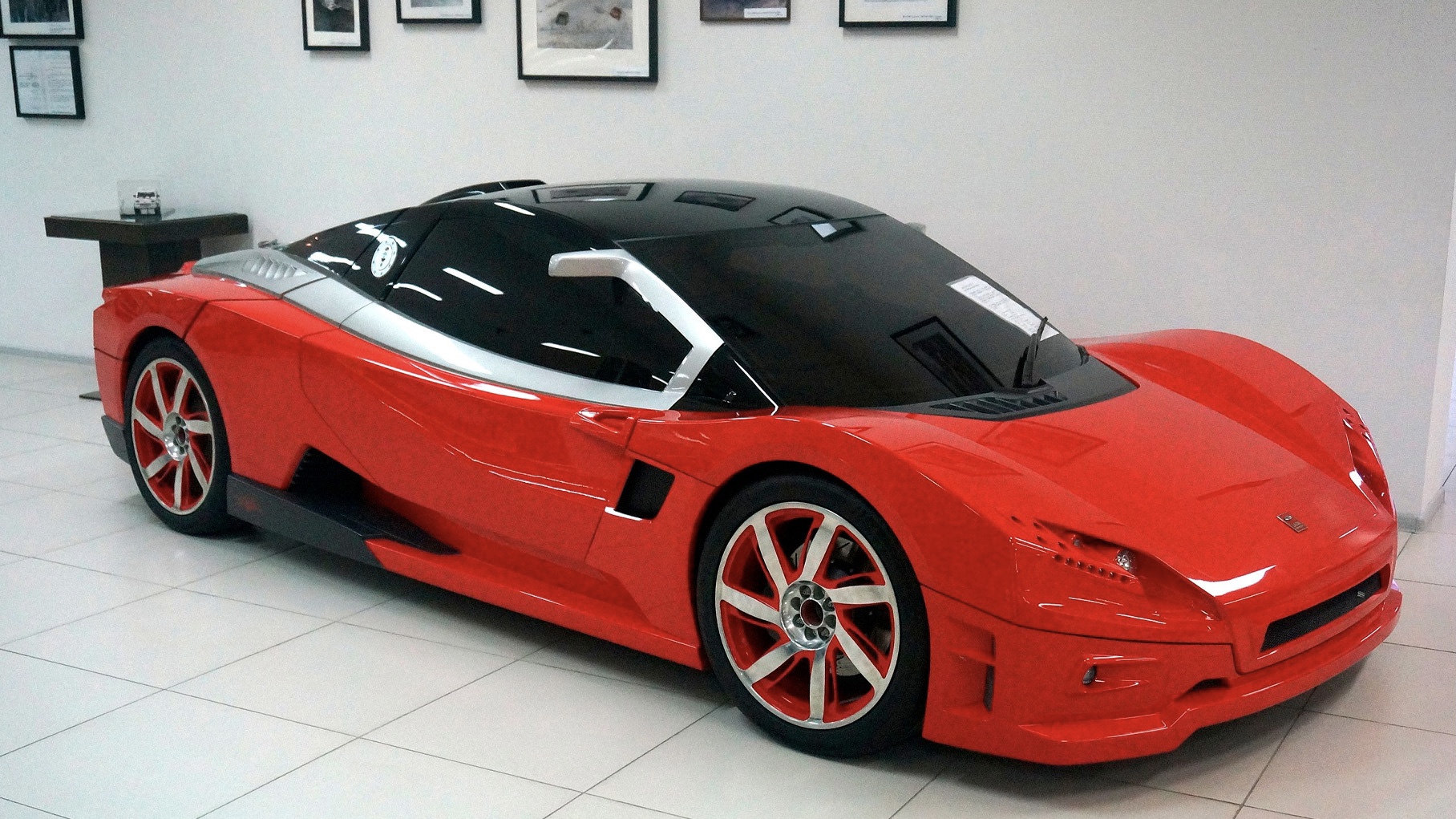
A supercar from AvtoVAZ sounds unrealistic, but such a concept was actually shown to the world at the Paris Motor Show in 2008. was a civilian version of the Revolution racing car from the monoseries of the same name.
The basis of the Lada Revolution III is a steel spatial tubular frame with plastic body panels. The two-seater car weighed just over a ton, its dimensions were 4.2 meters long and 1.8 meters long with a height of 1.15 meters. The car had a 50/50 weight distribution on the axles and excellent handling.
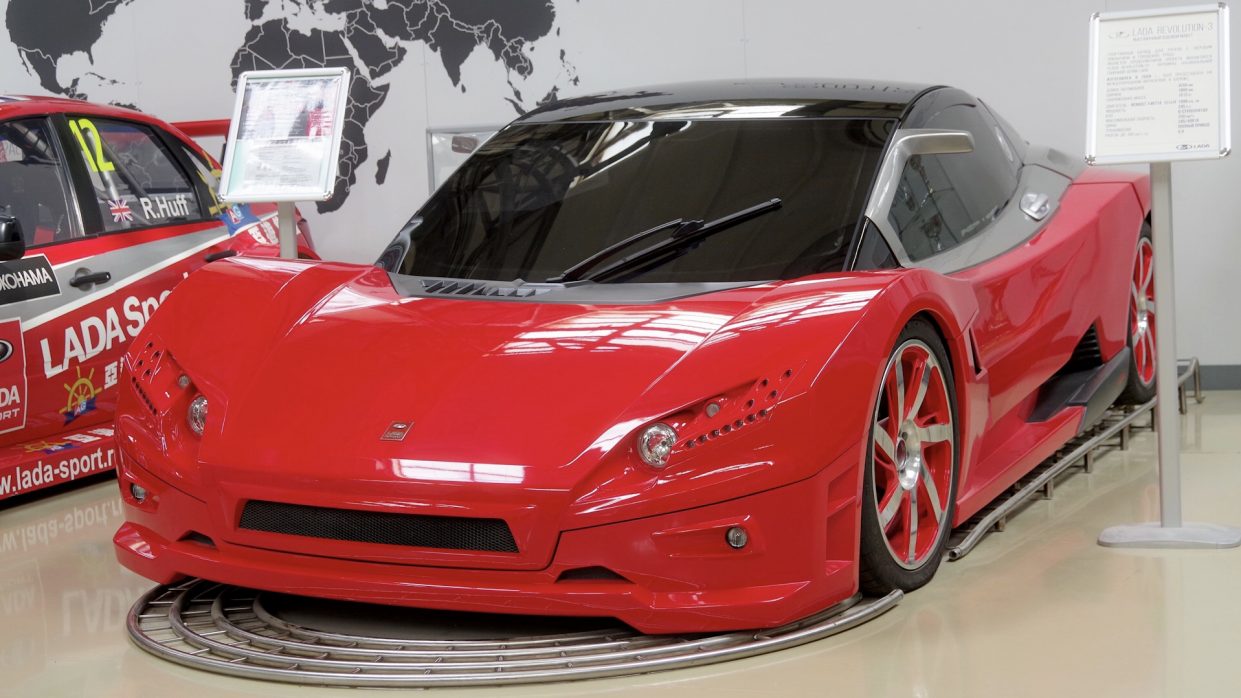
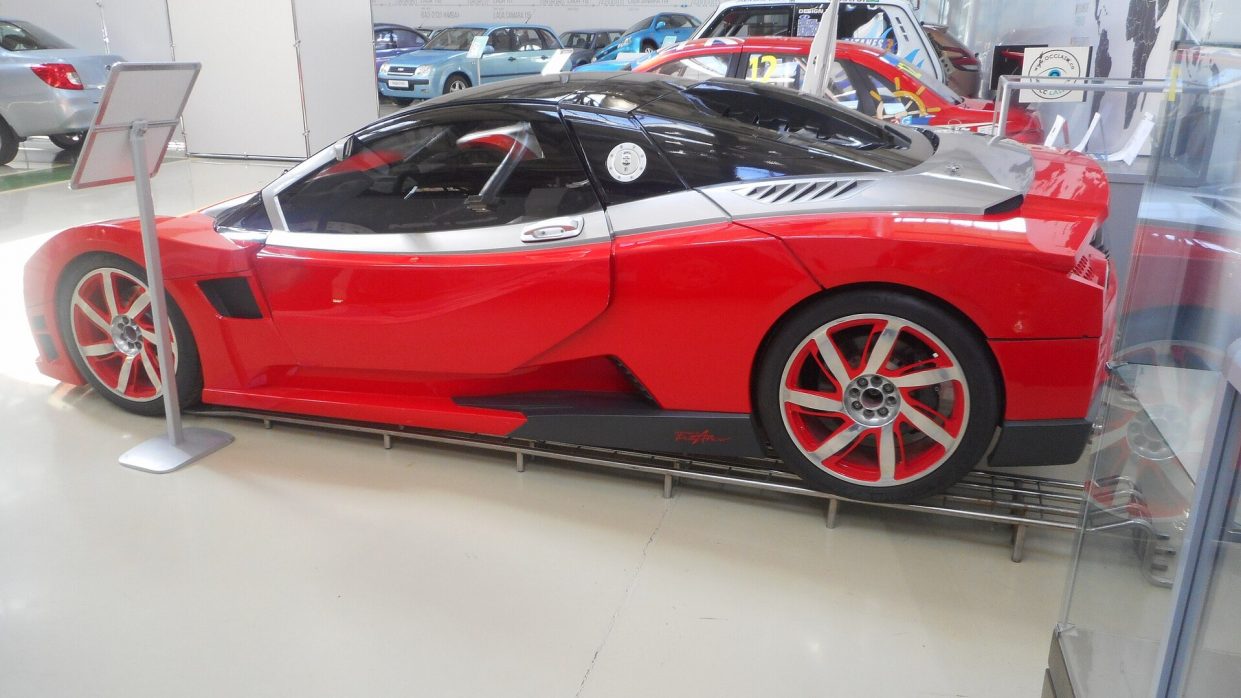
The power plant was a 2-liter turbocharged gasoline engine producing 245 hp. Torque is 310 Nm at 5500 rpm. Acceleration from zero to 100 km/h was carried out in 5.9 seconds.
Most of the components and assemblies consist of solutions from serial models, which allows you to quickly start and put production on stream. However, the release cannot withstand the financial crisis.
4. BMW Gina (2008)
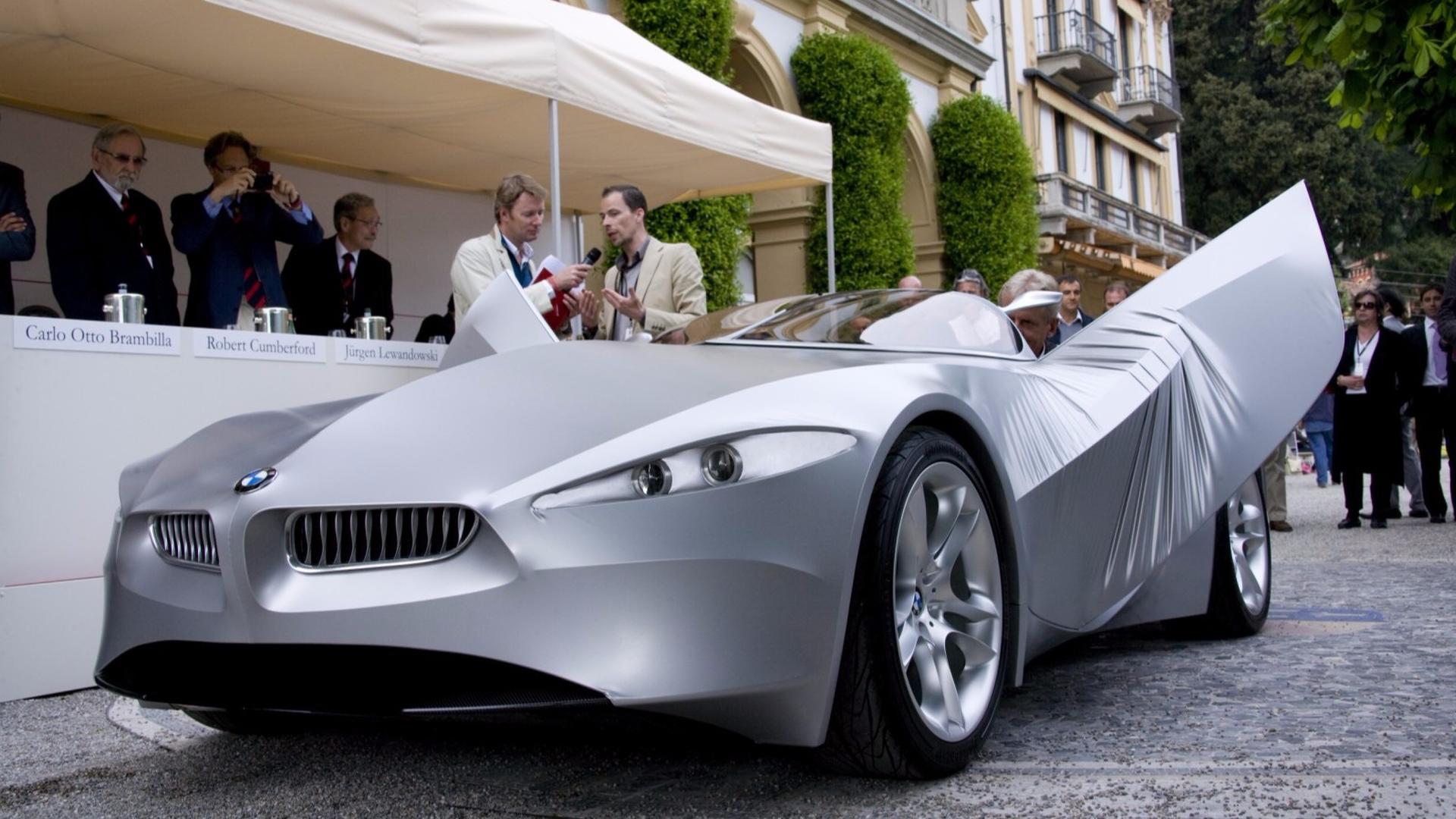
In 2008, the BMW Gina with interchangeable body shapes was introduced. The abbreviation GINA just means Geometrie und Funktionen in N-facher Ausprägung – geometry and functions in N number of options.
Work on the concept began back in 2001. The platform is a variant of the Z8 supercar, from which it received a 4.4 liter V8 engine along with a 6-speed automatic transmission.
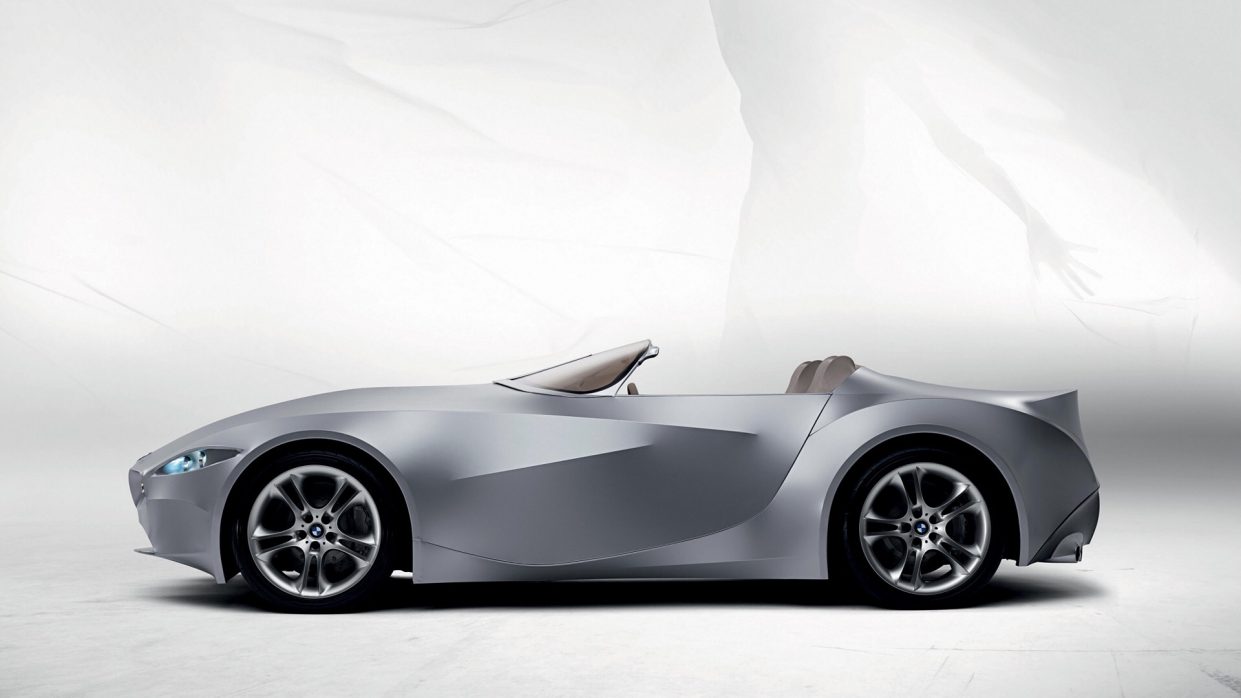
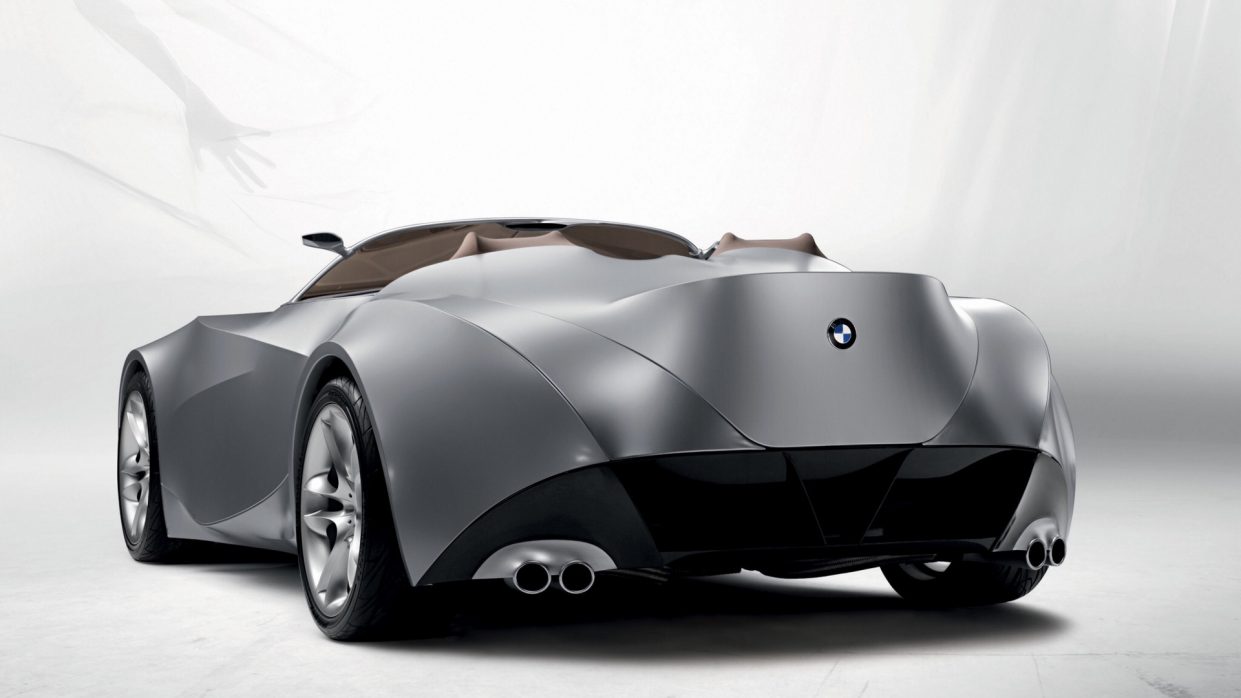
The base consists of an aluminum frame and a guide profile. Most of the profile is also made from impact, while the smaller part is made from carbon. Polyurethane-coated Spandex material is stretched over the guides. This is ordinary fabric that can stretch and, as a result, returns to its original size without deformation.

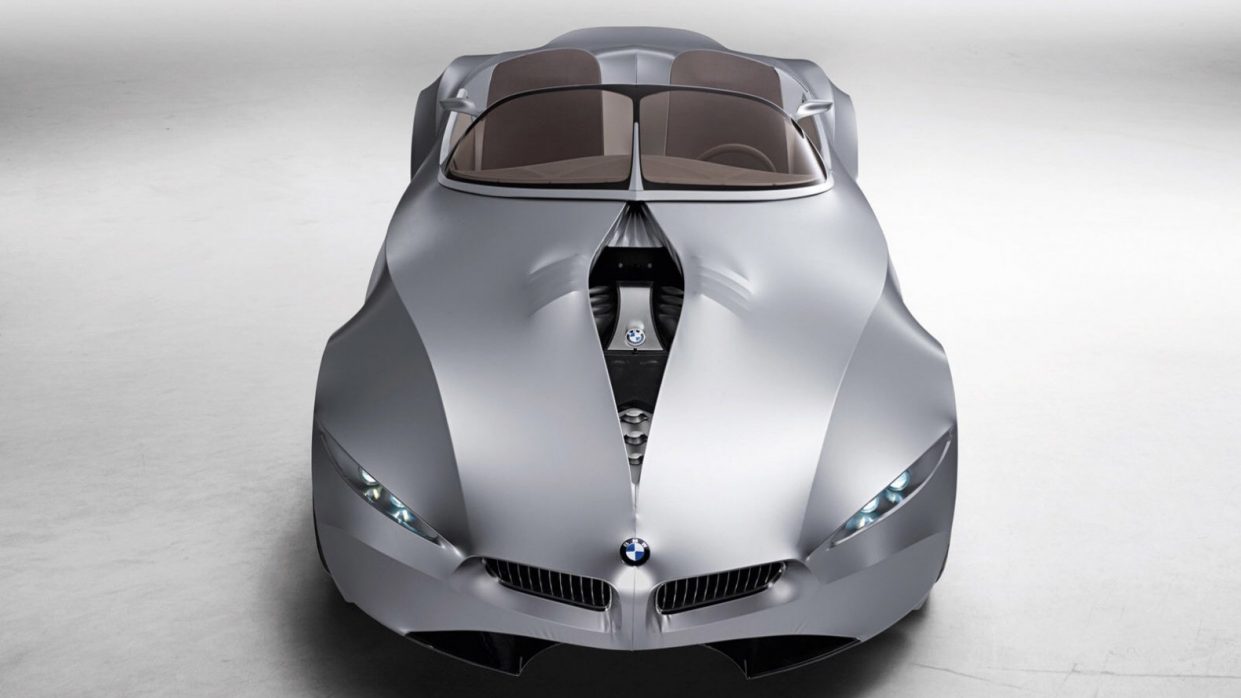
Inside, under the casing, there are several hydraulic and electric drives that move the guides. With their help, the shape of the body changes at speed or the size of the spoiler changes. Also, with the help of drives, the headlights open like eyes, and to access the engine, the fabric on the hood is divided in the middle.
The use of elastic polyurethane material allows you to create a smooth surface. There are practically no gaps between the parts, which makes the body look like a monolithic panel. However, it would most likely be difficult to repair if damaged.
5. Renault Trezor (2016)
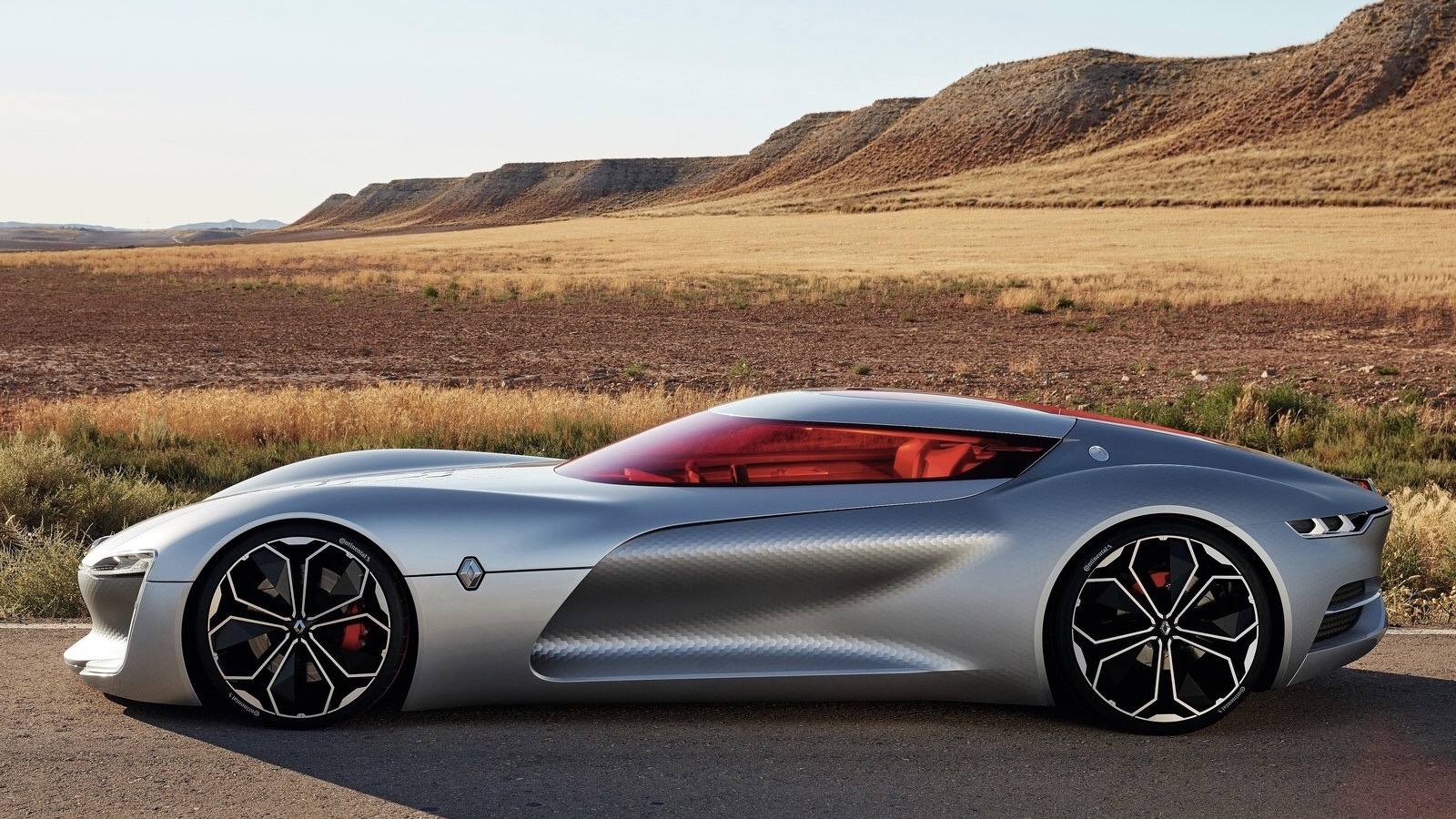
When they talk about Renault, you most often imagine some Logan or Megan. In our country, the brand is mostly associated with something budget-friendly and not particularly eye-catching. But in 2016, the automaker showed an interesting hypercar concept called the Renault Trezor.
The car body consists of a carbon monocoque and fiberglass panels. Aluminum, expensive leather and wood are used for interior decoration. There are no doors. Instead, it lifts the entire front part of the body to get inside.
The dimensions of the concept are 4700 mm in length, 2180 in length, and 1080 in height. The weight is 1600 kg.
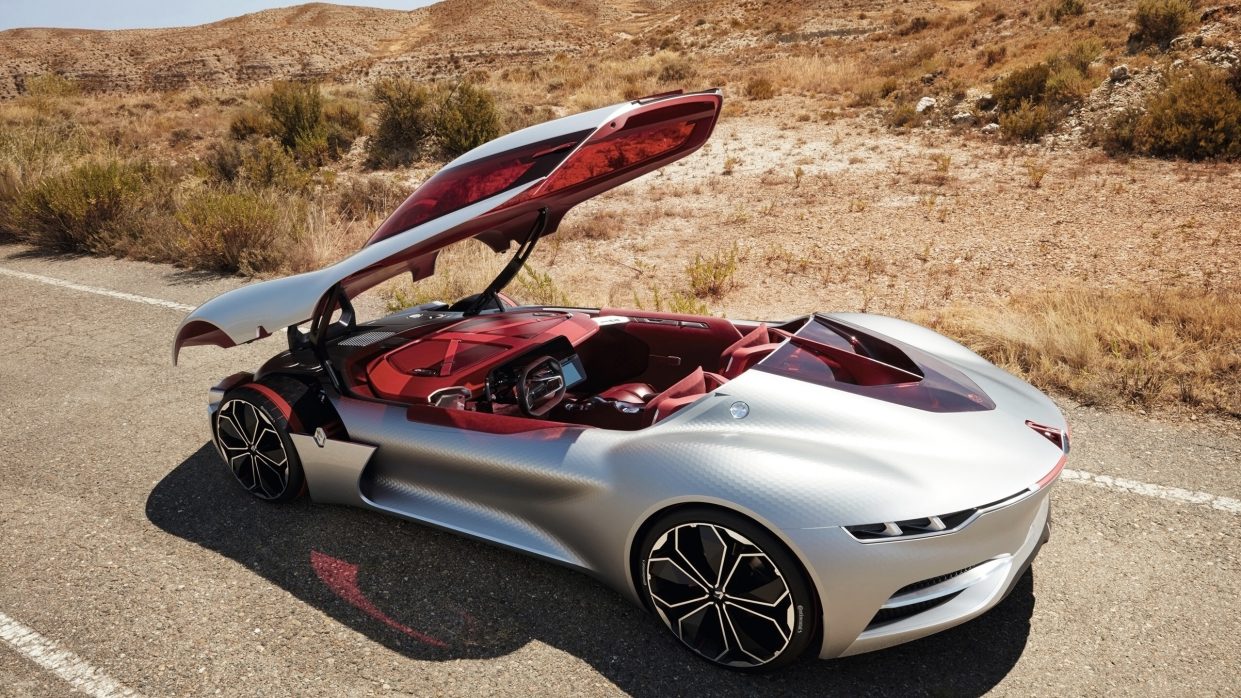
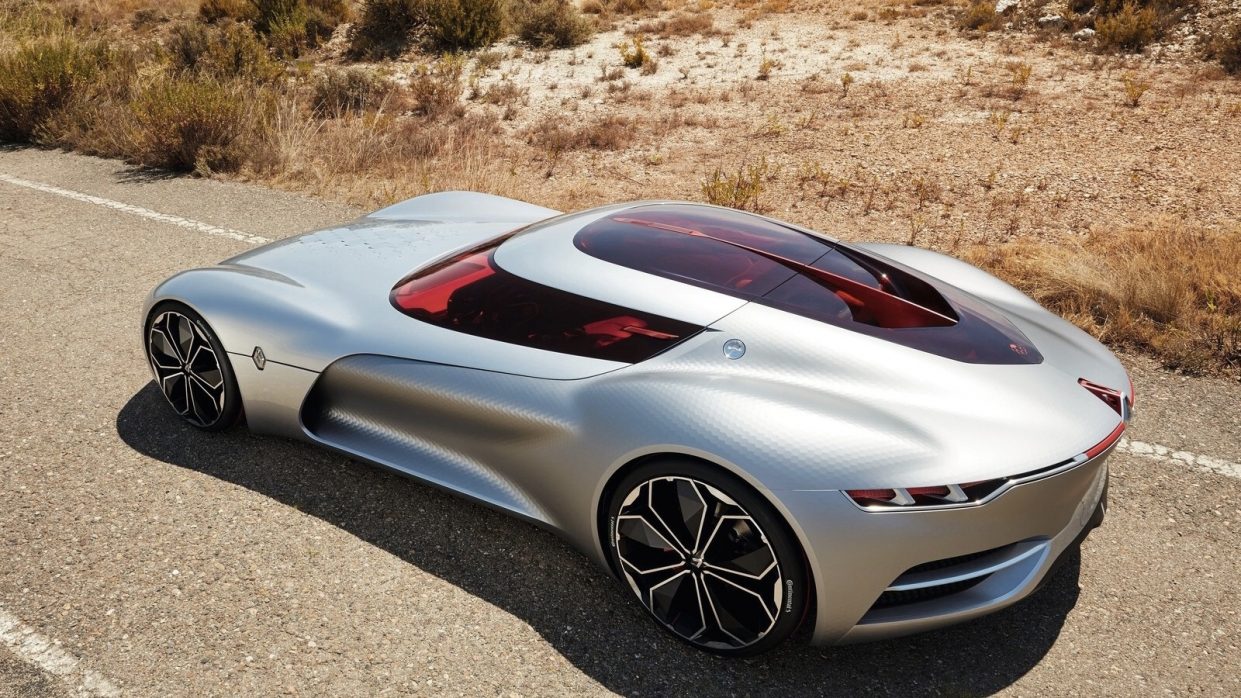
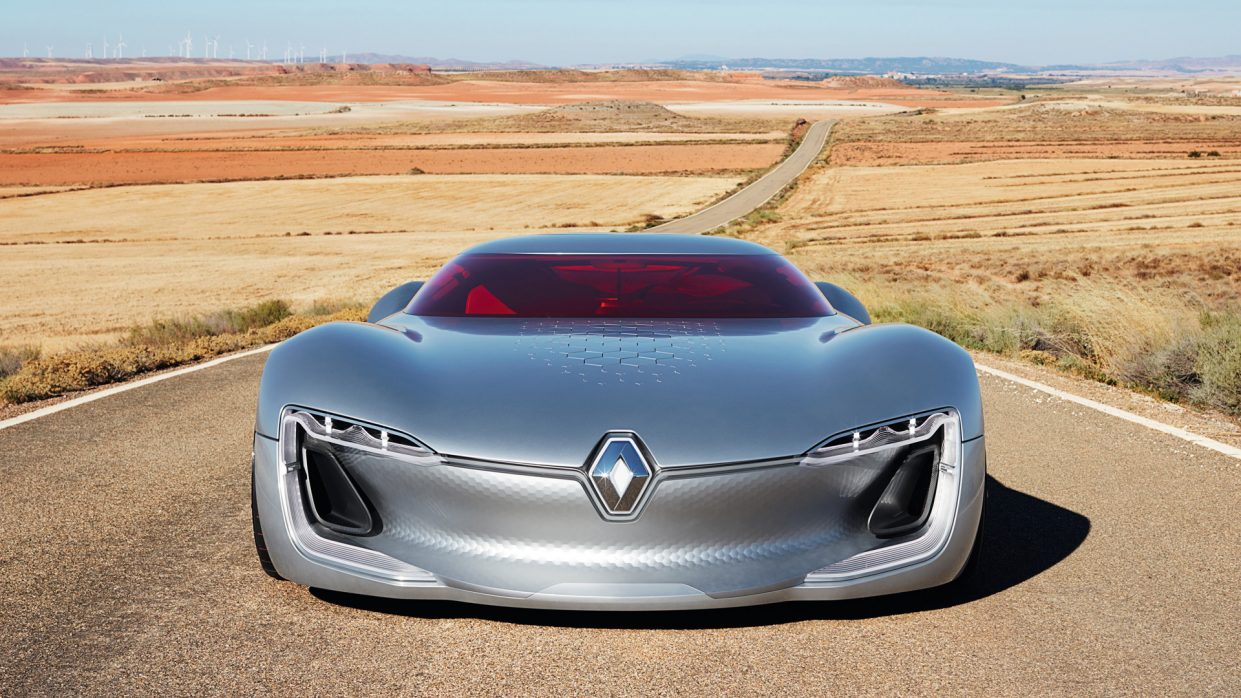
It is driven by an electric motor with a power of 350 hp and a torque of 380 Nm. A similar engine is used in a Formula E car. Renault Trezor has learned to accelerate to 100 km/h in just under 4 seconds. The maximum speed is 250 km/h.
The batteries are mounted low at the front and rear for better suspension and the lowest center of gravity.
Renault Trezor was valued at approximately $3 million in 2016. He did not plan to engage in mass production, but presented the possibilities of the French automaker.
6. Mercedes-Benz Vision AVTR (2020)
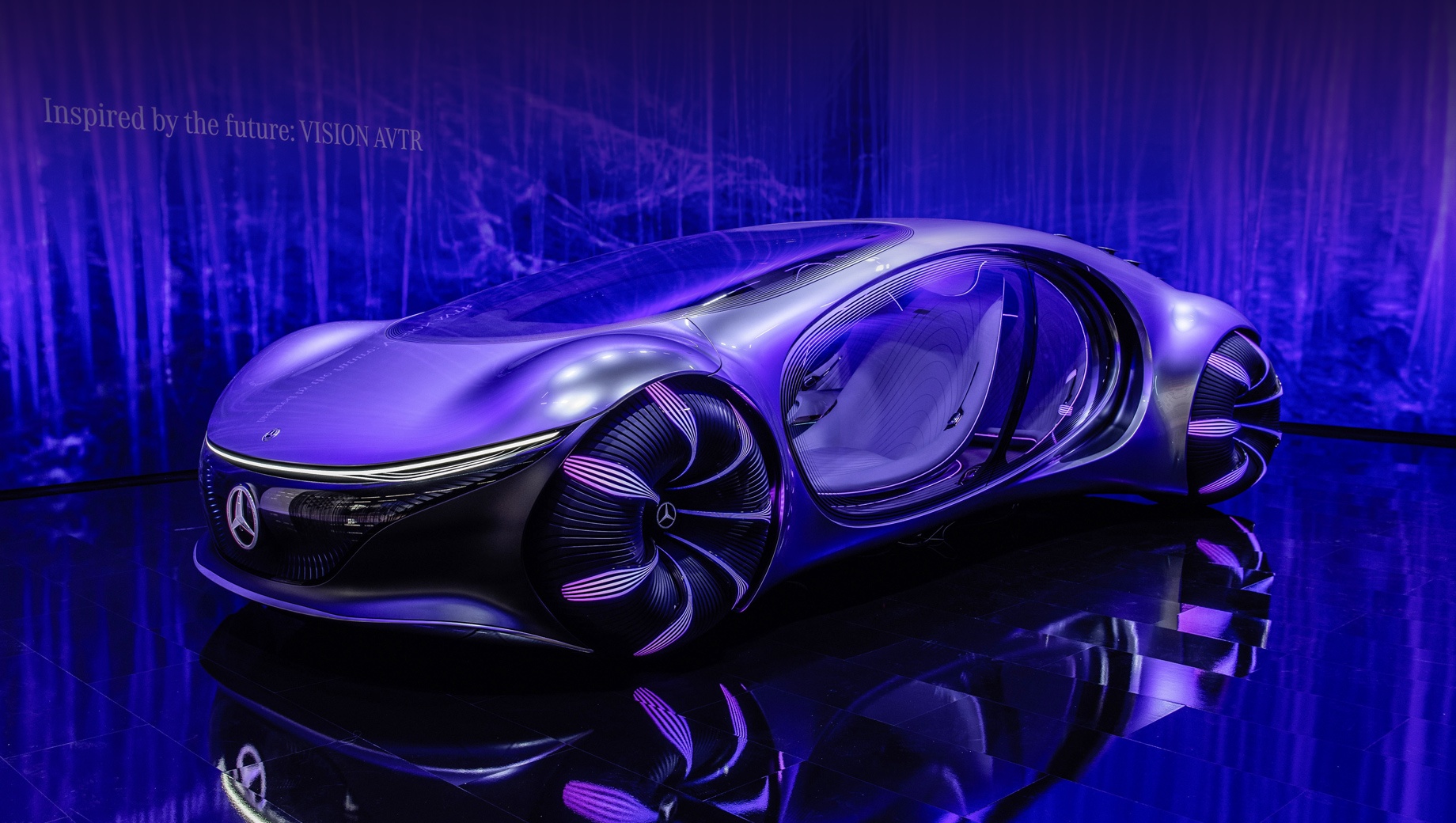
Mercedes Vision was first presented by German automaker Mercedes-Benz at the Consumer Electronics Show (CES) in January 2020.
The designers are inspired by James Cameron’s film Avatar. The concept not only uses the film’s color palette of blues and purples, but also the idea of interaction.

Vision AVTR does not have the usual controls in the form of a steering wheel or any pedals. The vehicle’s movement is controlled using the Merge Control joystick on the center console. It contains pulse sensors – when your palm rests on it, the car starts. When the palm is tilted forward, acceleration occurs, backwards stops, and when tilted to the side, it turns in the corresponding direction.
The movement of the Mercedes-Benz Vision AVTR is carried out using four electric motors, which are located next to the wheels. Total power – 350 kW or 476 hp. A 110 kWh graphene battery provides a range of up to 700 km on a single charge.
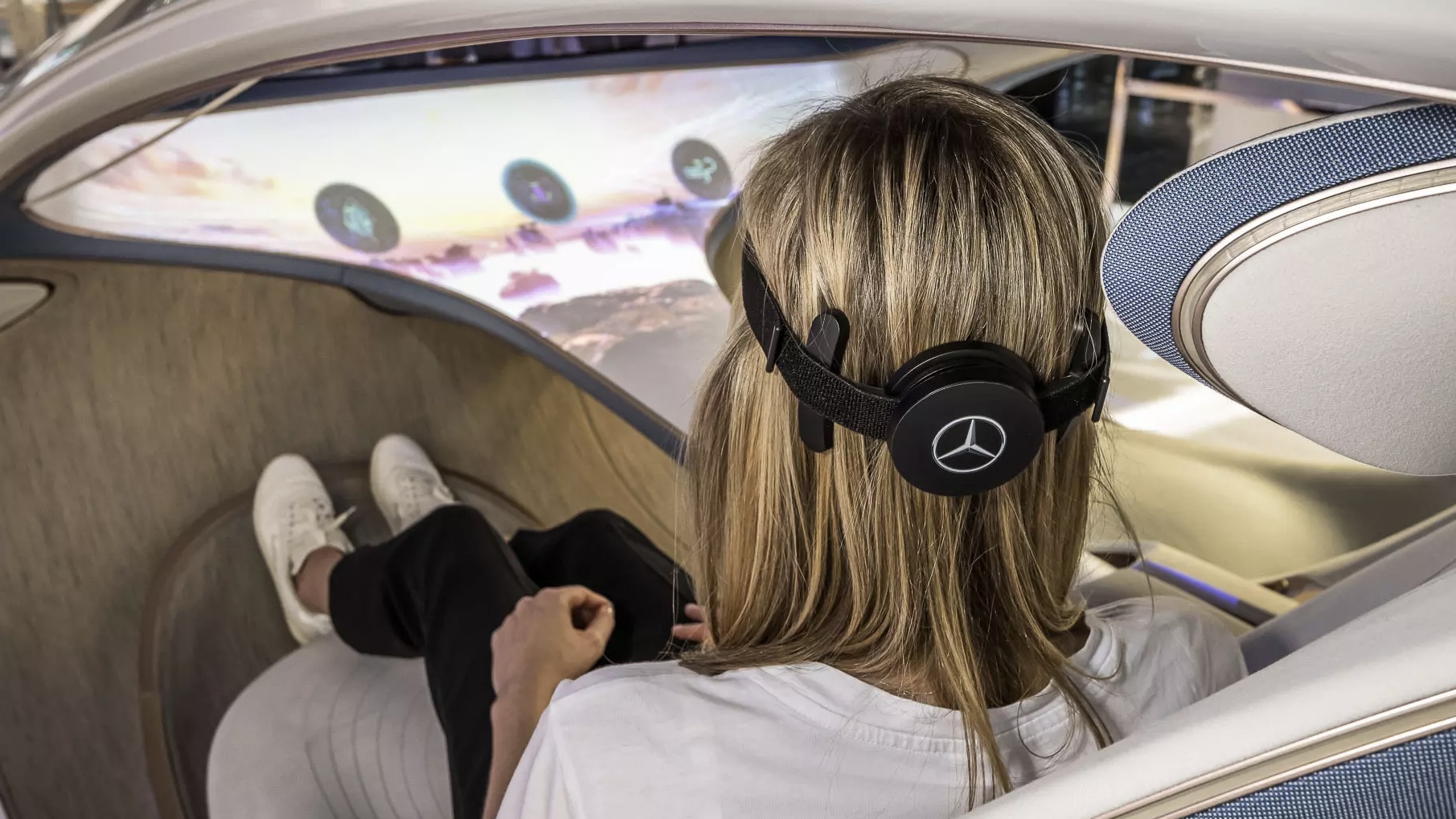
Another control method is a BCI device. It is attached to the back of the driver’s head and records brain activity. The principle of operation is as follows: luminous dots-icons are formed on the dashboard, which correspond to the rules of the function, which. The device reads which points a person’s attention is directed to and launches the desired function. However, it has not yet been specified which functions can be activated in this way.
The concept of a four-seater car of the future was not without its shortcomings. For example, when moving, a noise is heard in the form of something between a buzzing and a squeal. The design of the wheels turns all the unevenness of the road surface.
7. Peugeot Inception (2023)
![]()
The concept of an electric car of the future from another brand. Serial production will also not take place, but it shows what solutions are planned to be used in models from 2025.
Peugeot Inception is built on the STLA Large platform, which allows you to create larger cars. The length of the concept body is 5 meters, height 1.34 meters. Equipped with an all-wheel drive transmission with two electric motors with a total power of 500 kW or 680 hp. Acceleration to 100 km/h takes less than 3 seconds. The 100 kWh battery provides a range of up to 800 km.
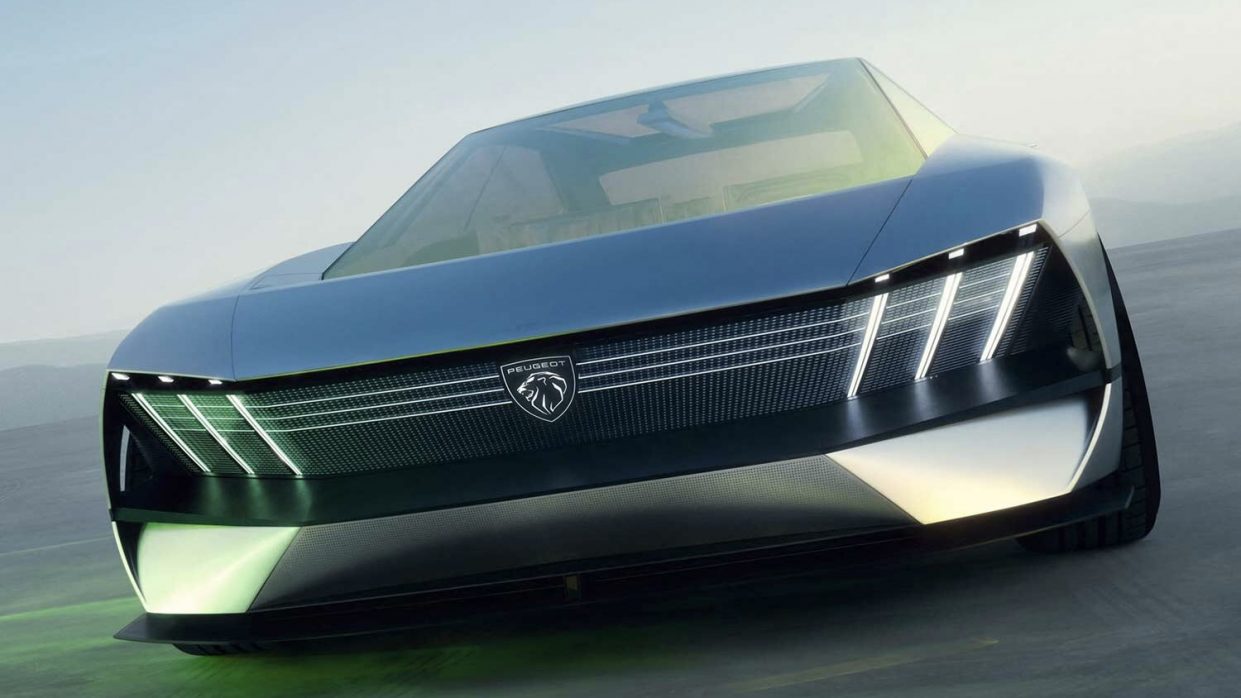
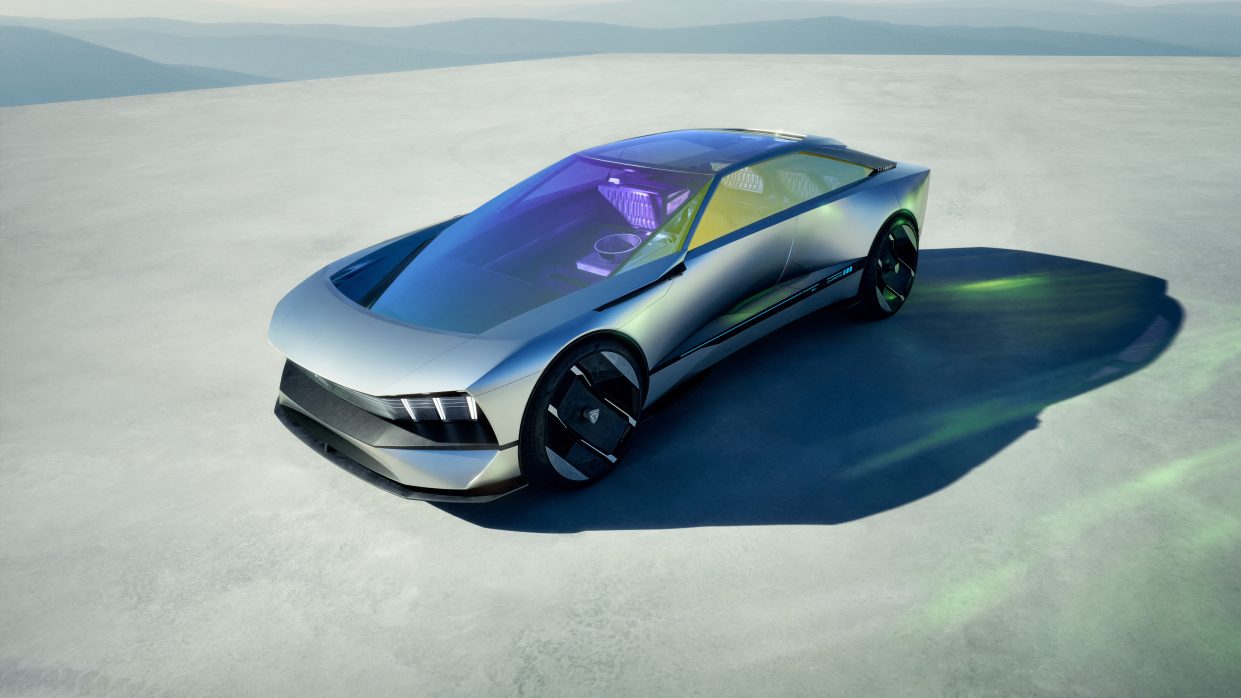
The concept has a large glass area, which with a transparent roof and windshield reaches 7.25 square meters.
In this case, a metal oxide coating is used on the glasses, like on the visors of NASA astronauts’ helmets.
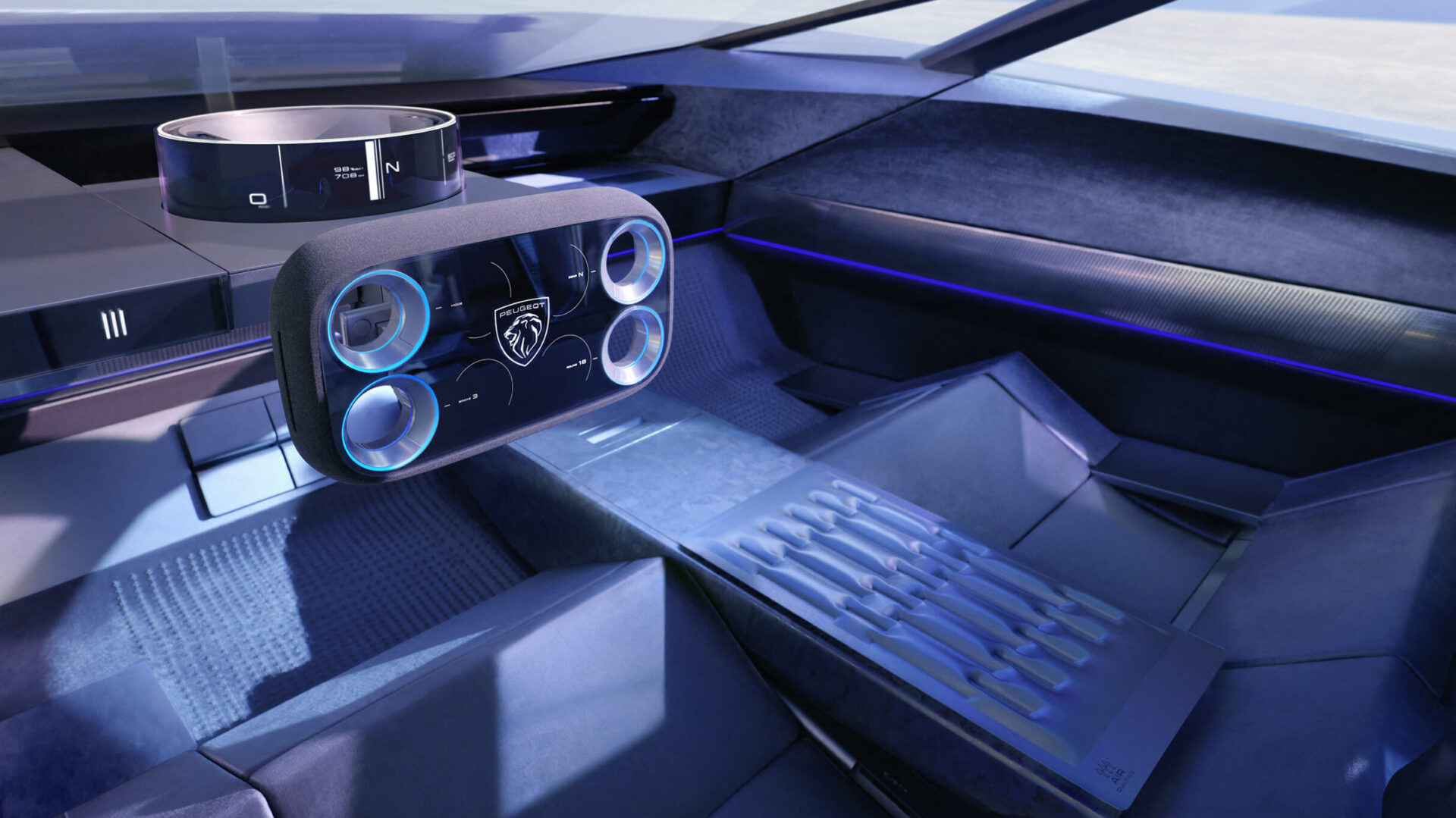
Inside, instead of a traditional steering wheel, there is a control system called Hypersquare. It is a rectangular steering wheel with an indicator in the center and round holes with sensors at the edges for controlling other devices of the car.
For example, such ergonomics allow you to control the media system or climate control with your thumb, without taking your hands off the steering wheel. There is also an autopilot mode – when activated, the steering wheel is hidden under the front panel.
Such unusual cars could be driven on city streets. Unfortunately, concept cars are just concepts to simply capture the imagination of ordinary people.
However, many of the “feature” technologies that the engineers implemented in them were later used in simpler production models and this is the maximum that can be expected from such futuristic cars.
On topic:
📍10 unusual AvtoVAZ concepts that did not reach mass production
📍10 worst car concepts. Forgetting about them was the best decision
Source: Iphones RU
I am a professional journalist and content creator with extensive experience writing for news websites. I currently work as an author at Gadget Onus, where I specialize in covering hot news topics. My written pieces have been published on some of the biggest media outlets around the world, including The Guardian and BBC News.






